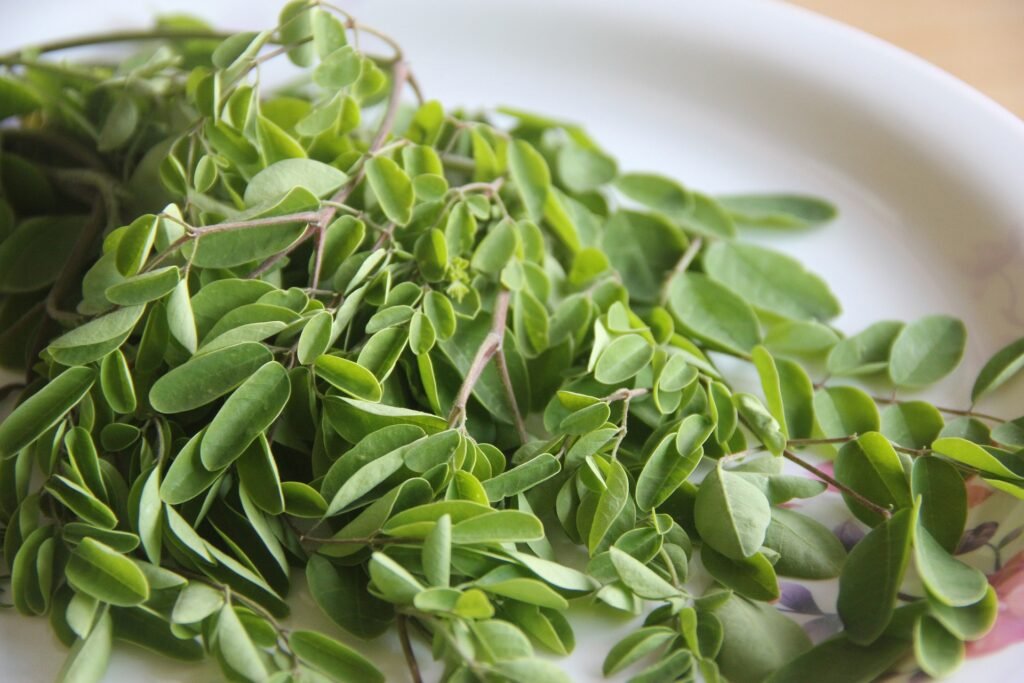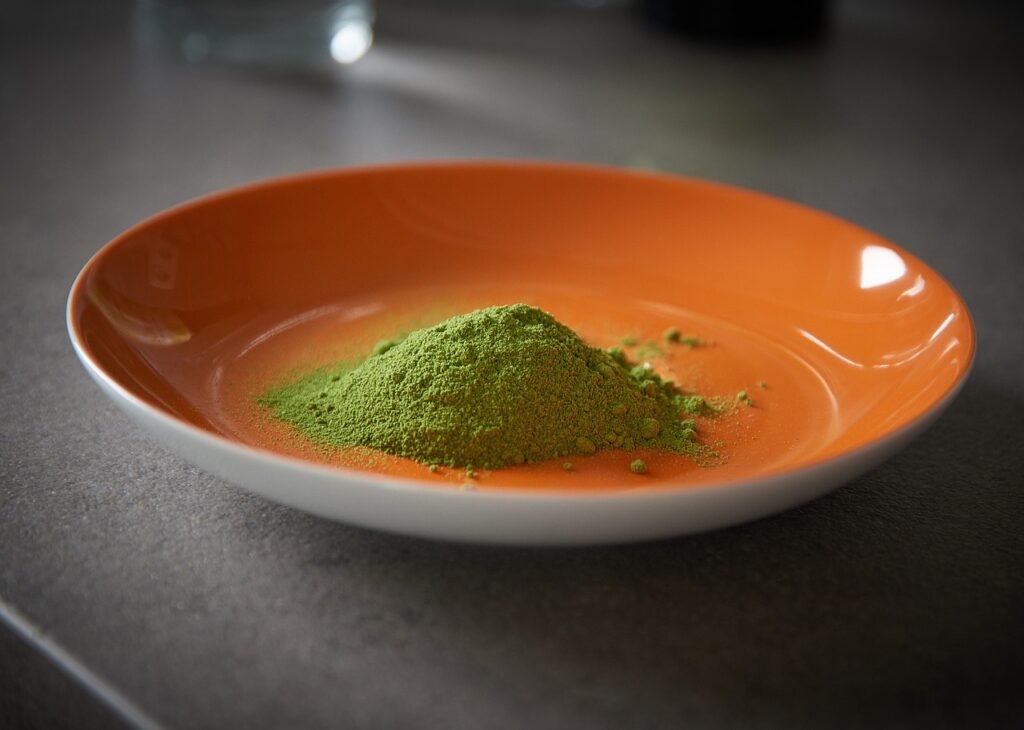
What is a moringa tree? Nutritional Powerhouse: The Benefits of Moringa:
Moringa is a plant and the fresh leaves of this plant contain nutrition values that are ;
double which are present in yogurt,
three times more potassium than in bananas,
four times more calcium than in milk,
four times vitamin A that contains carrots,
vitamin C that is seven times that in oranges,
Iron which is nine times more than spinach and three times that of almonds.
New studies also suggest that it has curative qualities in over 300 diseases such as diabetes, heart diseases, high blood pressure, anemia, arthritis depression among others.
Nutritional Powerhouse: The Benefits of Moringa
Some of the important benefits of Moringa were discovered in 1990 and soon the world came to know the importance of this tree.
Moringa: Leading the Way in Herbal Medicine

Moringa is not only considered a superfood that is loaded with nutrients but also stands as number one in herbal cure. There are about 20 of them which make up the building blocks of protein, these units of proteins are known as amino acids. These amino acids are mostly found in yogurt, milk, cheese, eggs, and meat. Curiously enough, most of these amino acids are present in Moringa in one or another way. This remedy is perfect for nursing mothers and even the best multivitamin capsules with the highest prices cannot compare to it. It is considered very beneficial and can be taken as a cure to prevent cancer. To those people who have severe allergies, the continuous consumption of Moringa will result in total healing. It also builds up the brain and the nervous system. Since Moringa is rich in potassium, any person with a weak brain and nervous system should take Moringa on a regular basis. Most doctors may say that carrots contain vitamin A and Moringa contains more vitamin A than carrots. The functions of Vitamin A include the health of the eyes, skin, heart, and stomach. Even though milk is considered to be good for the bone as it is rich in calcium, Moringa is four times richer in calcium than milk. Iron is useful for the creation of red blood cells and Moringa has four times as much iron than spinach. Vitamins such as vitamin A, vitamin B1, B2, B3, B6, and vitamin C are important for the body’s nutrition together with minerals such as calcium, copper, potassium, chromium, iron, magnesium, phosphorus, and zinc are also present in Moringa.
How to Use Moringa: Dosage and Methods

However, the question, of how the Moringa should be employed and at what consumption rate, arises at this juncture. This is where one has to understand that while the Moringa powder that is prepared from dried leaves has the daily recommended portions between 5g to 20g, fresh Moringa leaves can be taken in portions of between 20g to 80g daily. Generally, its application at first provokes urination that happens more often; however, there is nothing wrong with it as the organ purges. This issue is self-contained and eventually disappears as the developments are completed. About methods of consumption traditionally it is used in the form of powder and added to the curries. However, it can also be incorporated with the dough for baking breads, used as a garnishing for dishes such as fenugreek or even dissolved in a glass of water with a half or one teaspoon of the powder. Further, it comes in a form that can be ingested by simply placing its powder in empty capsules and then washing it down with water. Moringa is perfect for all age groups.
How to grow Moringa tree simple and fast:
Moringa grows well from the cuttings or seeds and the planting is best done between February and September in the areas having a climate of Punjab, India / Pakistan. It is a fast-growing plant and becomes a full tree within eight months. When planting its seeds, two things must be considered: First, it is important to plant the seed only one inch deep into the ground and second, do not water immediately after sowing the seed. Water should be provided after one week of realization of germination of the seed. Being a tropical plant, Moringa grows well under hot temperatures; it grows at a very fast pace during the rainy season in summer. Another requirement for the growth of this plant is bright light, proper water supply, and a high temperature.
Find out more interesting information on our blog
